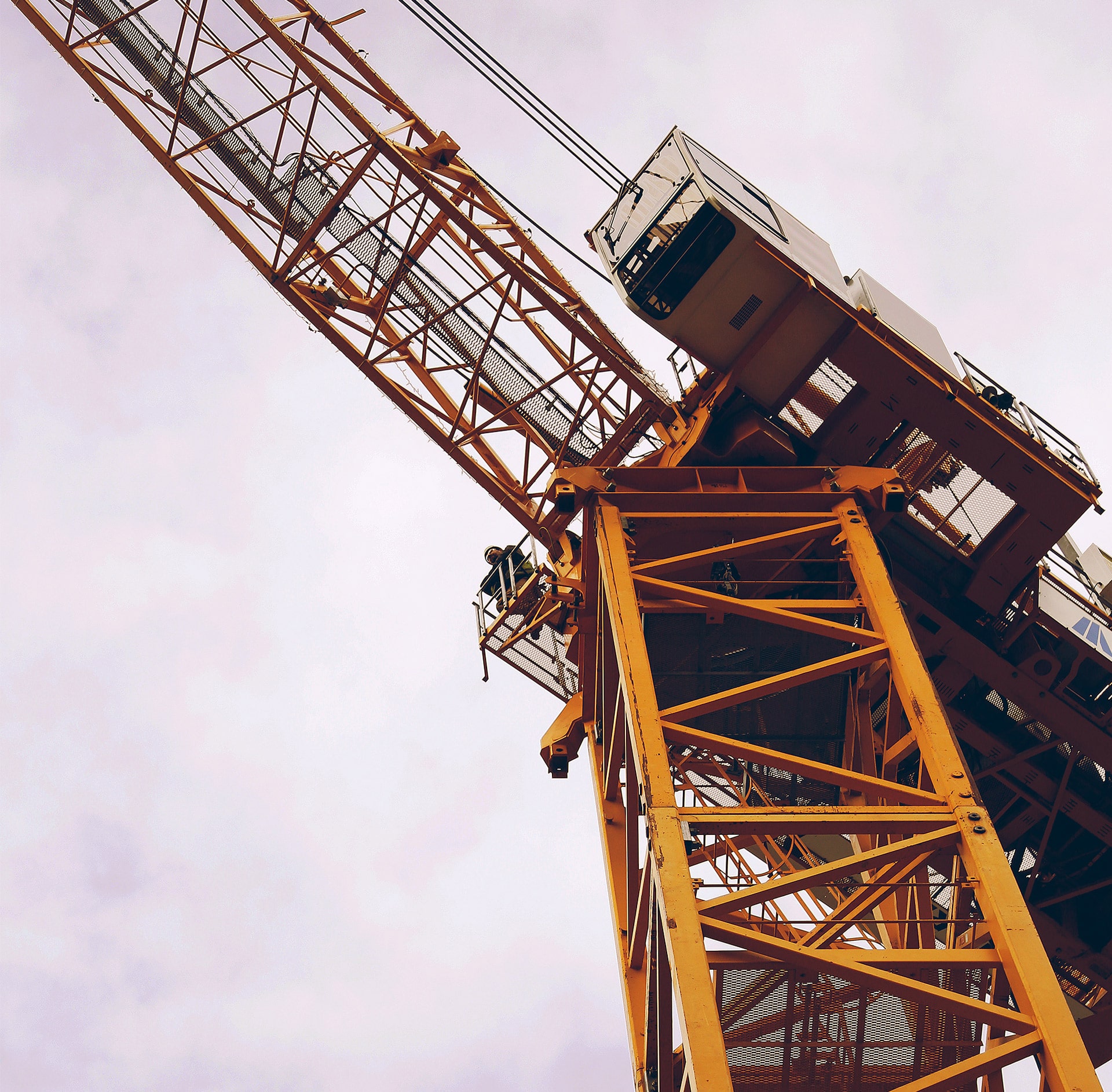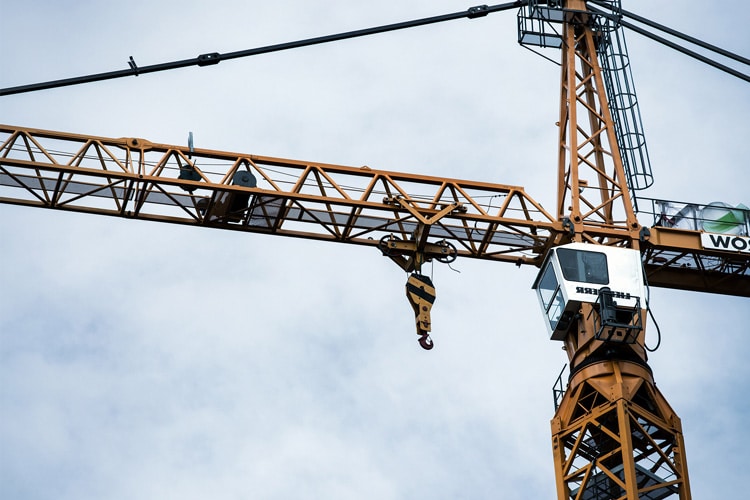At dusk on the second Sunday of the New Year…
…the Seattle skyline begins to glimmer with the lights of its tall structures – but not all of them are buildings. Dozens of tower cranes dot the vista with LED lights strung along their long limbs glowing blue and green, the colors of the city’s beloved Seahawks.
Last year, a Seattle Times article counted 58 construction cranes standing tall throughout the streets of Seattle. That number is important, not only because it established that the Emerald City has more cranes than any other metropolis in America, but also because it symbolizes new heights in aspiration, progress, growth, and ingenuity.
High speed of change in cities around the world is a direct result of the ability to lift bigger, heavier, higher, and further. Those capabilities have changed the flow and economy of construction since the ancient concept of the crane was modernized in the 1950s. As David Gann writes in his book Building Innovation: Complex Construction in a Changing World, “The tower crane was the most important piece of equipment to affect building construction. Use of tower cranes led to the reorganization of construction work sequences to enable maximum utilization of plant and returns on fixed capital investments.”
From that point on, anything that could be hooked, hoisted, and slewed could be brought onto a jobsite and moved about. Heavy machinery like scissor lifts and forklifts could be transported horizontally or vertically in a matter of minutes. Large sections of a structure could be preassembled and prefabricated off-site, and then landed with precision onto the structure, vastly accelerating the construction schedule.
Like other innovative tools throughout history, such as the hammer, the shovel, and even the mighty pen, cranes have not changed as much as they have advanced the world around them. The general design of most modern tower cranes is nearly 70 years old. The idea of using tall structures to enable construction has been around since the ancient Greeks built the Parthenon 2,500 years ago. And one could make the argument that the notion of lifting objects using counterbalance is as old as the very first hand, arm, and shoulder.
Over time, it is the people on either end of the hook, hoist, and boom who have developed processes to make the crane so important today. It’s not easy to see driving by a city filled with cranes, or even walking past a building under construction. The only vantage point for the intricacies of this phenomenon may be the jobsite.
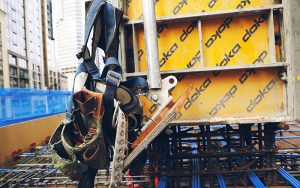
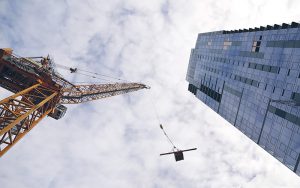
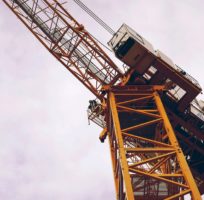
The Crane at Work
Up in the air about two stories above the jobsite, two large wooden forms and a bundle of rebar hang from the hook of the crane like tackle from a fishing rod. The load hardly moves at all, gliding almost unnaturally still and silent except for the tinkling of the rigging. As it approaches the landing point, it is as if the whole world has been quieted, until a single seagull flies by the operator cabin 75 feet in the air and blurts out a loud squawk.
The forms will be placed around a tall framework of rebar, which will serve as a mold for concrete to be poured into a column. Paddock explains that picking up these two forms, or “doubling the pick,” is an efficiency that was figured out over time. Doubling the pick lands enough material for the ground crew to safely secure two forms in place and move into position for the next drop as the crane fetches and returns with a fresh pair.
Each time a new set of forms is slewed into position, a member of the ground crew scales to the top of the rebar, harnesses to the framework, and takes hold of the half-ton prefab wooden piece, using arm strength and body weight to gently lower it to the ground around the rebar.
Meanwhile, the bellman watches and coordinates the smallest movements with the operator up in the cab through a handheld radio. These negotiations result in the nimblest of nudges by the crane, allowing large, heavy objects to be manipulated by humans with their bare hands.
“The thing about some jobs like these, your operator becomes family. We bicker a bit, but that’s normal stuff,” jokes Rob Miller, a tall, blustery ironworker and bellman out of the Local 86 with ruddy cheeks and a perpetual stuffed nose.
After the two forms are placed, the climber is flushed and winded, as if he’s just completed a 6-minute mile. The bellman tells him to take a breather, and be back before the next pick arrives. There are over 20 forms that still need to be placed today before the concrete is poured tomorrow. Even as technology and machines evolve the landscape of a jobsite, this is a reminder that human sweat and resolve remain the catalysts of construction.
The weight of both forms is around a ton, which is a small fraction of the Liebherr 357’s 34,000 lb. maximum lifting capacity. But if one more form is added, then more time would be needed to rig the pick and secure the forms. If one form is taken off, then the crane would have to double the amount of picks, elongating the schedule and increasing the chances of a mistake or, worse, an injury.
“The reality is, that machine right there costs $40,000 a month, unoperated, in this market,” says Paddock, pointing to the crane. “So when you put an operator and a bellman at the other end of it, you’re running a setup in excess of around $60,000 a month. You want that hook to be continuously moving. You don’t want it to stop, you want to get it as efficient as it can be.”
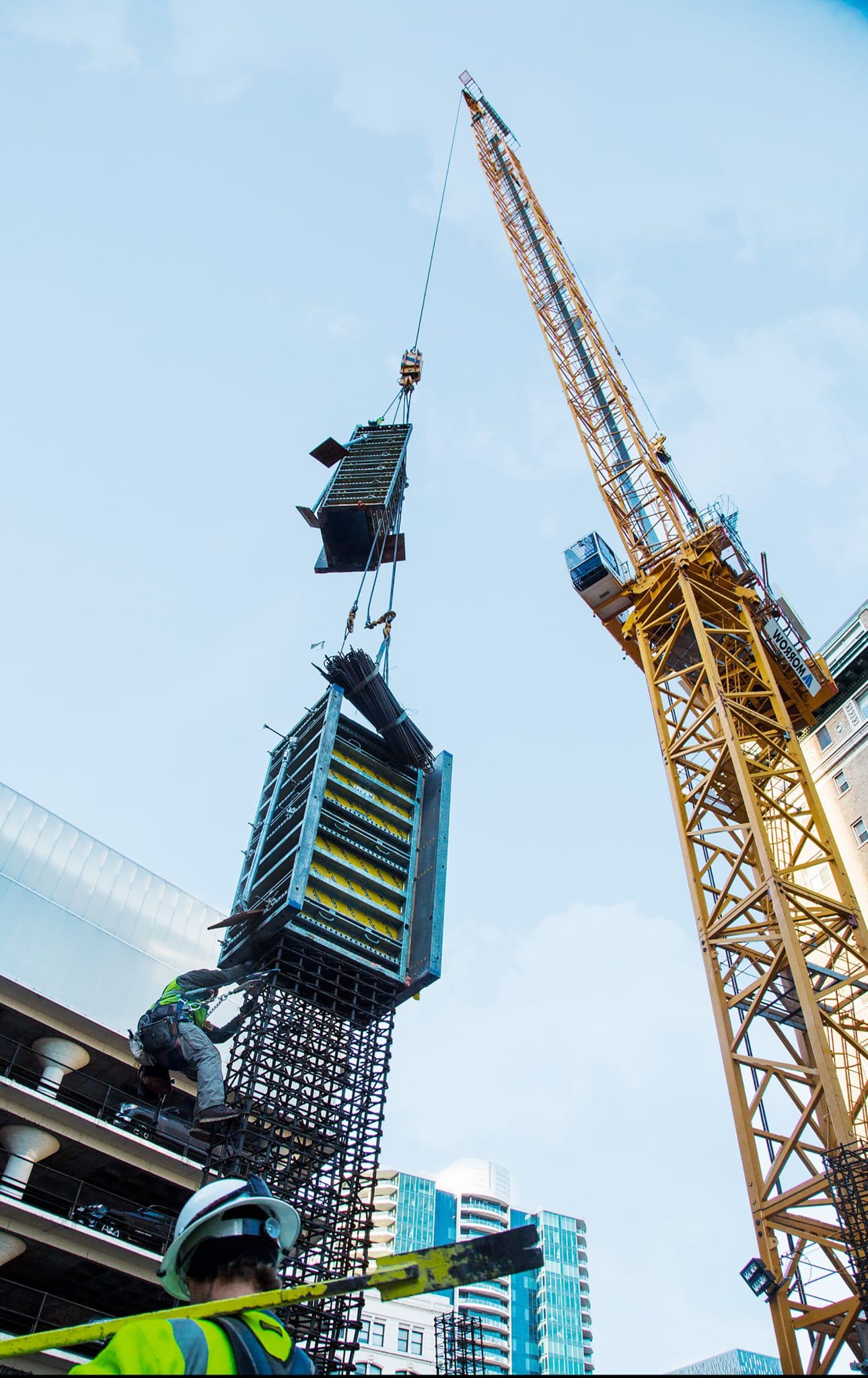
Whatever You Do, Don’t Drink Anything in the Cab
If a crane is to be on a project, site logistics radiate out from its tower. “Every single thing that comes to a jobsite gets put on the end of that hook if you’re going vertical” Paddock says. “All this rebar comes up in bundles, all the forms, all this cable comes up in big rolls, all the smurf tube, boxes full of all the little embeds.” In effect, everything the workers stand on at 2nd and Stewart was assembled from the material the crane delivered – everything.
When inquiring about people taking a ride, courtesy of the crane, Maria Schaefer, Manager of Environment Health and Safety at Skanska, is quick to give the slow and stern “no way” shake of the head. Paddock good-naturedly interjects, “I think the last time I did that was about 18 or 20 years ago.”
As for the growth that cranes represent in Seattle, Schaefer says, “The more cranes you see, the more jobs it means for these guys. It’s a good economy. I remember we were working on [South] Lincoln Square down in Bellevue. That 37-story building changed our skyline [in 2005]. Now, compare it to the buildings that have gone up and are going up.”
Today the Columbia Center is the tallest building in Seattle, which stands 73 stories tall. There is also a 93-story building that has been proposed and, if approved, will reach further into the rain clouds of Seattle by 2020. From the day the ground is broken on that project until the handover, a one-armed cyclops will stand on the site, heralding the skyscraper’s arrival and lending a hand in its construction.
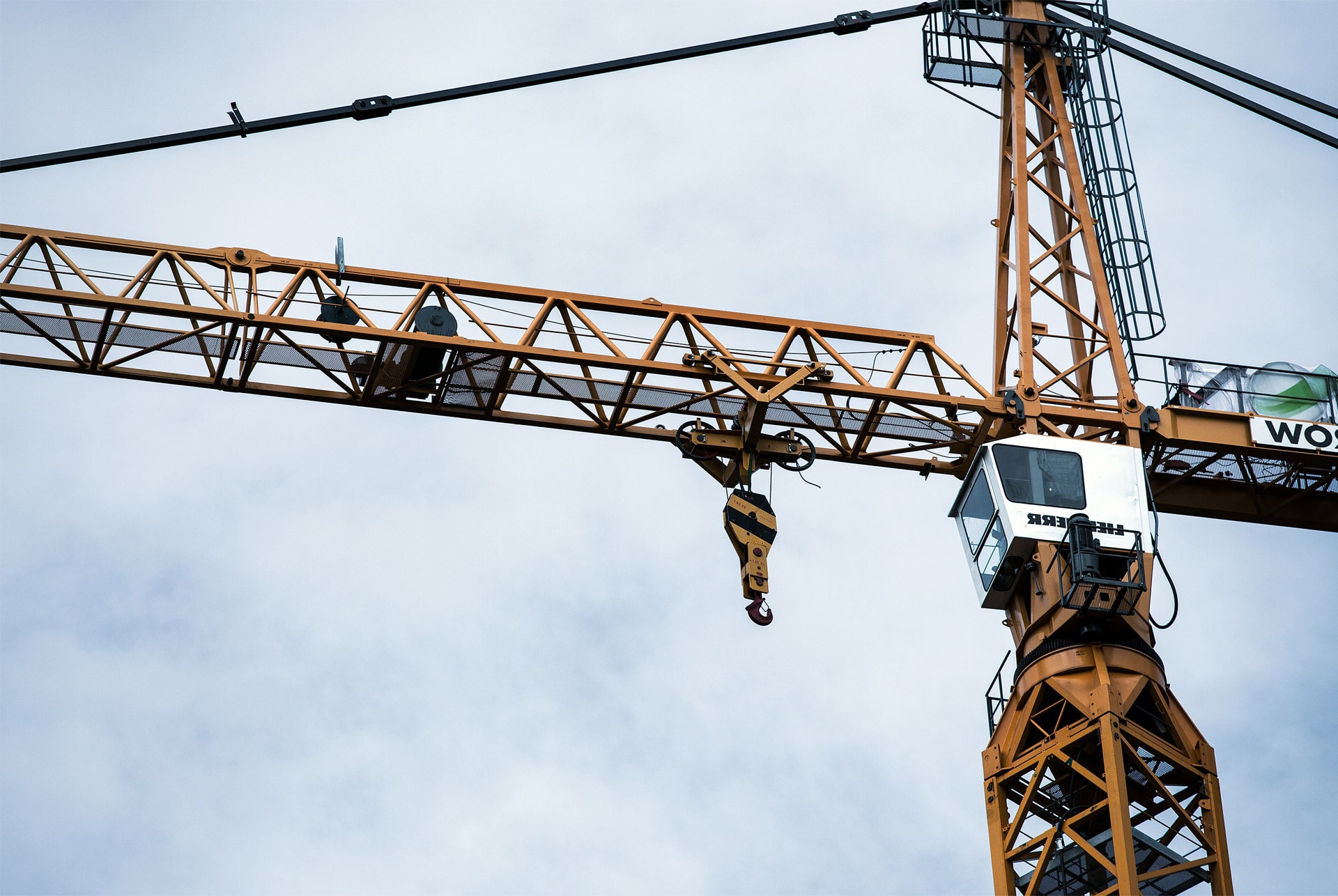
In the Eye of the Cyclops
Al Daniel is an operator engineer out of the Local 302 in Seattle. On site, most people can only see him by squinting up at the window of the tower crane cab or by climbing several ladders to the platform and talking to the back of his head. Otherwise, he is something of a Major Tom, and bellmen like Rob Miller are his ground control.
A native New Zealander, with a slight Kiwi accent dulled from living a Pacific Ocean away from his homeland for over two decades, there is a seriousness about Daniel. Or at least that’s how he conducts himself in the cab, which seems right for the universe. Given the choice, society would rather not have a court jester up there moving tons of raw materials a day above the heads of hard-working men and women.
Discipline and fitness are requirements for operators. “You got to stay in shape for this kind of work,” says Daniel who runs marathons, races bikes, and plays rugby. He usually starts work at seven in the morning, when the job site is still mostly quiet and the rush hour is just beginning in downtown Seattle. “First thing we’ll do is move things out of the way, or position materials for use.”
Sometimes his days start earlier and end later. If there’s a deck pour – a new floor ready for wet concrete – like the one scheduled for the next day, the crane has to be ready for the mixing trucks that arrive at 5:30 in the morning and often don’t stop until eight or nine at night. By the way, there is no restroom in the cab, so the operators have to make due with whatever is handy. There’s a saying around the jobsite everyone seems to enjoy which goes: “Whatever you do, don’t drink anything in the cab.”
From Daniel’s vantage point, the urban expanse extends out to the shores of Elliott Bay and the Puget Sound on one side, and Lake Washington on the other. For those who haven’t spent decades in the cab of a tower crane, it would seem hard to ignore the beauty that surrounds him, but in a very matter-of-fact way, Daniel says he can’t allow himself to sit back and enjoy the view. “There’s a lot riding on this. You can’t screw up. You can’t hurt anyone. That’s the priority; the job comes first.”
The cab is far enough away from the clamor of the jobsite below to muffle the noise outside, but there is also a wall of sound within. A metronomic beep from the crane’s monitoring sensors speeds up and slows down with each lift and swing of the boom. The two large winches on the platform behind the cab whir loudly as steel wire rope is fed through the hoist, and then there’s the constant stream of status updates and instructions coming through Daniel’s microphone from the riggers and bellmen below.
Daniel relies on the people below for his work to be effective and safe, in particular the rigger. He’s the guy who must act as the eyes of the crane operator and prep the load in a “blind pick,” when the hook is hidden behind another object. “That guy right down there, he’s one of the best around. I could pretty much close my eyes and he makes all the calls. So really, he’s running the crane in the blind. He’s doing all of it.”
Every crane has a unique balance and motion. Almost imperceptible from far away is the light sway of a tower crane; anything that tall and thin must yield to the wind in some way. The luffing jib crane stationed at 2nd and Stewart is a shorter tower for now, so it rocks a bit more and has a sharp bounce whenever a pick up is dropped off, Al explains. For a crane like this, real smooth and slow moves work best.
When a load is hooked and the boom is moving, the hoist gear automatically adjusts for level luffing to mitigate the tilt of inertia. The Liebherr is a relatively new crane (released in 2013) with other technological advancements like a micro movement mode that enables the hoist to make small adjustments during a drop, and a special GPS that locks the slewing radius, making it impossible for the boom to wander into the electrified trolley lines and neighboring buildings of this congested urban area. All of it is controlled via the levers and buttons at the front of Daniel’s armrests, translating his knowledge and skill into the movements of a steel giant.
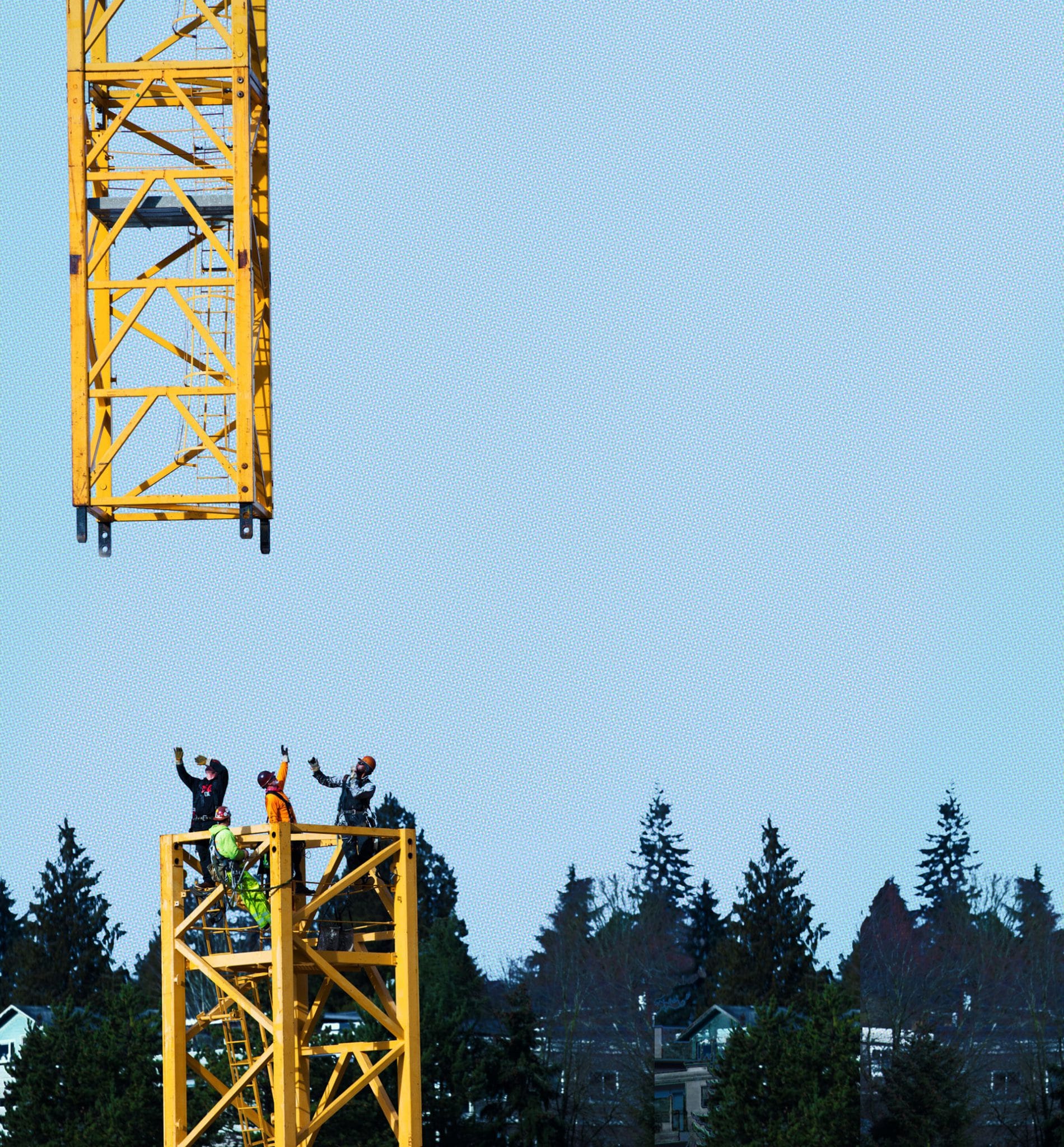
The Apex of Crane Erectors
A few months prior, nothing stood at the corner of 2nd and Stewart. Not three floors of concrete and rebar, not the bellmen on their radios, not Skanska, Al, Bob, nor Maria. None of that was here, not even the luffing jib crane at the heart of this story.
Back then, this space was a freshly demolished and excavated patch of coveted real estate in downtown Seattle. Then early one morning, Apex Steel arrived, and by the evening a new crane had joined the cityscape. Of the 58 cranes that were counted in Seattle last year, Apex was responsible for 28.
“When we started [Apex Crane] in 2008, there were maybe a quarter of the cranes that are up now. We got in and had about a year of very good business before the bottom fell out,” says Kevin Koester, President of Apex Steel and their sister company, Apex Crane. During the height of the recession, Koester recalls that ”there were only about one or two cranes up in Seattle for quite some time until the construction industry came back in 2012, and things began to ramp up again.”
Unsurprisingly, 2016 ended up being the best fiscal year in Apex’s history. While much of that success is due to increased demand, cranes have also become more “erector-friendly,” according to Koester. Koester remembers experimenting with their own inventions to raise crane pieces to the top of a tower. Now manufacturers include built-in hoists to raise pendant connections (stabilizing bars that run from the tower top to the jib and counter jib) and fabricate modular systems that allow for various booms and towers to be fitted together.
“The biggest improvement I’ve seen has been in the mobile cranes we use to erect tower cranes,” says Koester of the motorized cranes on treads that lift sections into place for people to secure. “When I started, a 180-ton crane was about the biggest mobile crane in town. Now we use 550-ton cranes with luffing jibs.”
Still, with all the innovations and upgrades, it’s the quality of the people that really drives projects forward. “I always say that my tower crane crew looks like they walked out of a CrossFit gym, they’re beasts. But on top of that it took years to find the right people that could handle it physically and mentally. Ironworkers are a special breed. When it’s raining sideways and you’re working 10-12 hours a day, you have to have the right mindset.”
The work must also be highly choreographed to mitigate potentially catastrophic mistakes. “Every time we climb, we do it a certain way. We hand tools off in specific movements. That way there is no miscommunication. When you hand a guy a pin that’s covered in grease, so it doesn’t rust up in the tower, to a guy hanging off the edge of the section, you say, ‘Got it?’ and he replies ‘Got it!’”
Apex can erect a free-standing tower crane that stands over 200 feet tall in 10-12 hours. A lot of things have to go right though, and some things are out of the erector’s hands. Sometimes, bolts and pins are missing or sections coming from disparate places arrive at different times. And when costs run about $2,000 an hour, a four-hour wait can really add up. But when everything goes according to plan, there is a gracefulness to the erection of a tower crane that traverses the range of advanced machinery and raw humanity.
Beethoven’s 7th Symphony Allegretto could be playing in the background as a ballet of flatbed trucks and 550-ton mobile cranes with hoists and telescoping booms lift 20-foot tall 17-ton steel sections of crane tower. The thump of timpani and trumpets for each blow of a 20 lb. beater on the head of a steel pin. And the harmony of long violin, clarinet, and flute notes sounding the straining muscles of fearless ironworkers who hang off the edges to secure the next piece into place by hand as yet another tower crane climbs higher into the Seattle sky.
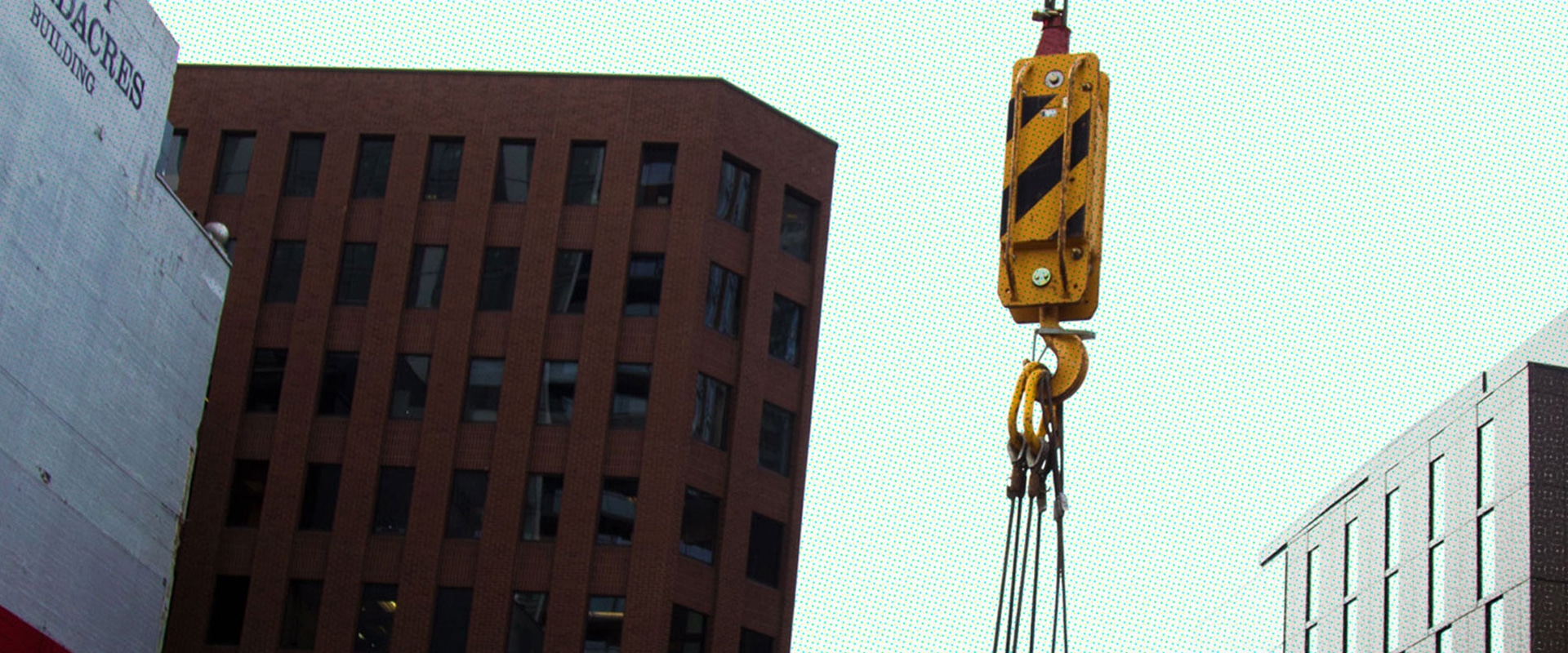
The Future is a Blind Pick
Ryan Salvas, Director of Innovation for Skanska USA’s Commercial Development team and an architect by training, has been thinking about the future of cranes of late. One idea is the viability of integrating cranes into the design of a structure as its spine or core. In effect, reducing the time, energy, and costs associated with disassembling, moving, and re-erecting cranes on different jobsites. For him, this is just the tip of the tower.
Some time ago, while studying geolocation and collision avoidance in multiple UAVs that were simultaneously thermal imaging a building, Salvas began to wonder, “How do we scale up to a vertical accumulation that includes autonomous systems?” When considering a project as an ecosystem of technologies that could potentially feed data into algorithms that activate unmanned systems, the tower crane becomes the giant elephant in the jobsite.
As Salvas dug deeper, he ran into questions regarding the flow of materials, “The challenge is developing an algorithm that accommodates material flow that is not perfectly timed,” and cranes, of course, are the biggest expedient of material flow today on a jobsite. “How do we improvise for that unforeseen change?” On some projects, cranes already factor into building information models, integrating the manufacturer rating of every piece, configuration, and process to develop schedules for the work it can perform.
Once autonomous vehicles become an everyday occurrence on the road, Salvas thinks a noticeable technology transfer into construction can take hold fairly quickly, though autonomous cranes may be further away. “The first adopters would likely be higher-profile projects that have a lot of logistics in place, using 5D building information models with clashes sussed out.” While these projects have higher visibility, they also have greater flexibility and an opportunity to innovate.
Projects around the world are trialing intriguing ideas such as remote operation, augmented and virtual reality, self erection, and new forms of mobility on cranes. Some of these concepts may become indispensable technological advancements, and yet the crane will likely look the same and serve almost the same purpose it always has. Meanwhile, innovation will continue to persist through the people who work on both ends of the hoist and below the slewing radius of the boom, even if the hook is just out of view.
